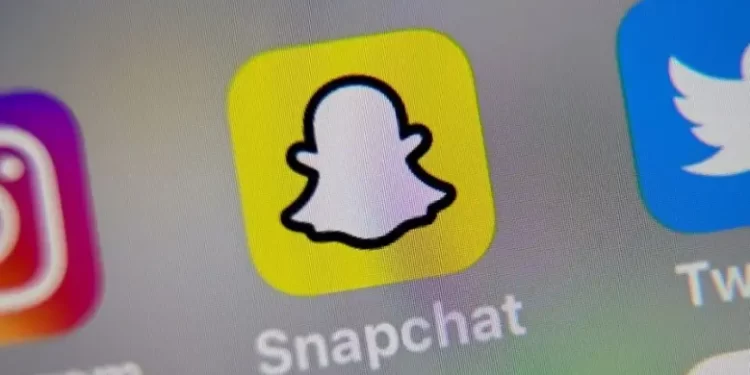October 11, 2022 – Snapchat is reportedly rolling out a set of parental control features in India after launching them in the US and some other markets. The features allow parents and guardians to oversee their children’s interactions on the popular social networking platform.
Through Snapchat’s in-app Family Center, parents will be able to see the contacts their children have interacted with over the previous seven days. The contents of the conversation, however, will remain private. Accounts that parents may find suspicious or concerning can be reported to Snap’s Trust and Safety teams.
Snapchat announced the development of child safety tools in October last year as part of its child safety efforts, and launched Family Center in August the following year. The development came in the wake of increasing criticism and scrutiny leading social media platforms, especially image-focused apps such as Instagram and Snapchat, have been facing from lawmakers and regulators for exposing young audiences to potentially harmful content.
Snapchat’s parental supervision tools are available to parents and guardians of children aged between 13 and 18 years. After a child has accepted the invitation to join Family Center, their parents or guardians can monitor the friends list and who they have messaged over the past week.
“Family Center is designed to reflect the way that parents engage with their teens in the real world, where parents usually know who their teens are friends with and when they are hanging out – but don’t eavesdrop on their private conversations,” said Snapchat owner, Snap, in August.
Following Snapchat’s Family Center, Meta-owned Instagram and TikTok launched similar supervision tools that offer more control over children’s activities on the app. The parental controls offered by Instagram and TikTok allow parents to restrict children from using the apps, a feature that Snapchat’s Family Center does not offer. Snapchat, however, does not allow public profiles for teenagers.
Snapchat has over 109 million monthly active users in India.





